
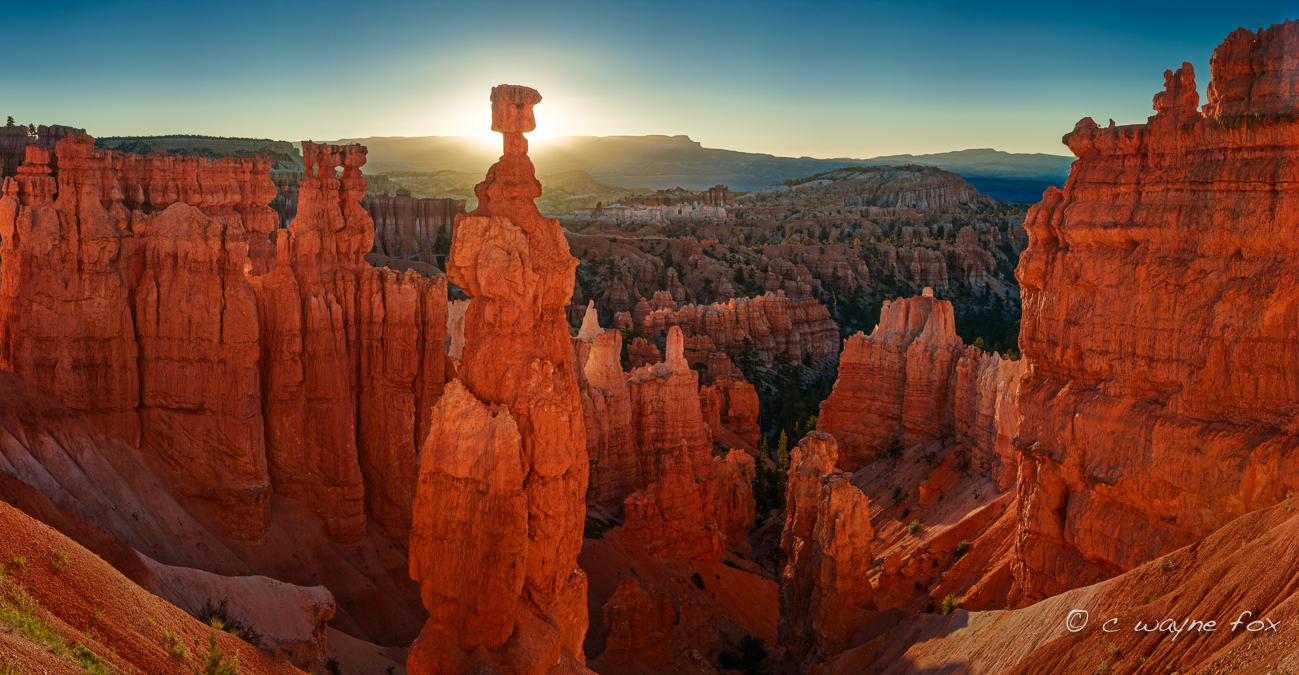
Meet Wayne Fox
Wayne is originally from Denver, Colorado. He moved to the small town of Henefer, Utah in 1975 shortly after he was married. He and his wife lived in Henefer until their three children graduated from high school, then in the year 2000, they followed their children who all ended up in Draper, Utah (a suburb of Salt Lake ). Wayne and his wife have 12 grandchildren, ranging from college age down to 2 years old. Fortunately, they all live within a few minutes of them, which makes for lots of fun family time.
In Henefer, Wayne started offering wedding and portrait photography and shortly after his move, he decided to quit his job to pursue photography full time. That led to starting a color lab to service other photographers in 1980, which grew quite rapidly. He joined the PPA in 1977, and received a Master of Photography degree in 1982, followed by his Craftsman degree in 1984. In 1987, he joined with his largest client and acquired a small chain of four children’s portrait studios located in shopping malls in Utah and began expanding them into other states. Their school photography business increased rapidly as well to over 100 schools. Production demands for the business and a close relationship with Kodak led them into digital technologies very early on, producing a significant number of products digitally by the mid 90’s, and converting all studios to full digital capture and print by 2001.
By 2005 this had grown to 120 studios in 26 states, as well as a 14,000 sq foot production facility. Both Wayne and his business partner decided it had evolved into something they really didn’t enjoy doing. They did not have much time for photography. In early 2005 they sold all three companies and Wayne was able to fully pursue landscape and nature photography.
Since then, Wayne has been actively shooting as well as continuing to self-produce all of his work, from printing to face mounting and framing. Currently, he operates a small gallery on Main Street in Park City, Utah where his beautiful images are available for purchase. Along with his passion for photography, Wayne loves spending time with family, and golfing. Wayne loves to vacation in Hawaii, where he gets to enjoy all three at once!
Here is one fun fact about Wayne: “My golf handicap was low enough at one time (0.8 – those days are long gone) I was able to play in a qualifier for the U.S. Open. Didn’t do too well, but a cool experience,” Wayne Fox.
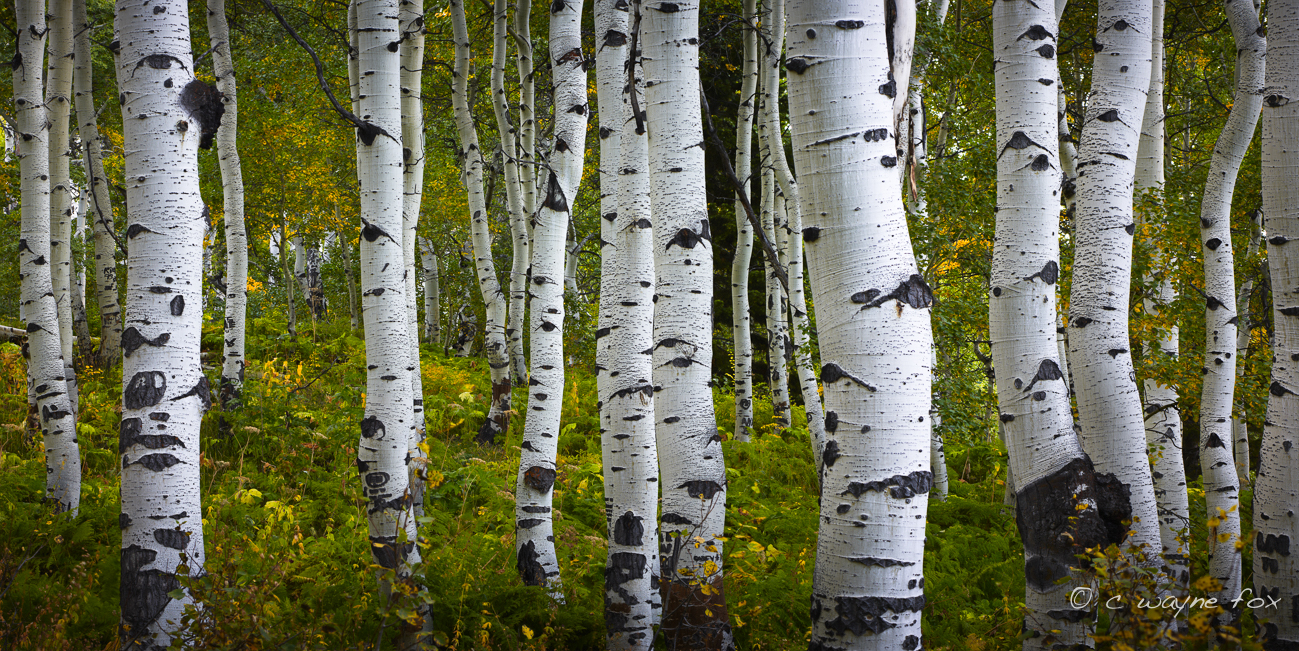
Wayne, how did you discover your love for photography?
John Maxwell was a PPA Master Photographer, with a portrait studio in Englewood, Colorado. I was close to his family when growing up, and always thought it sounded like an interesting profession, especially because he had a lot of really cool stuff in his studio. At the time, I couldn’t afford a camera or the cost of film and processing. I bought my first camera when I was 19, a 3 lens kit made by Mamiya-Sekor, and was immediately hooked. I remember telling John I was thinking about photography as a career shortly after that, and he told me I was crazy. The real hook came about a year later when I was invited to tour a friend’s small town newspaper facility, and they showed me how to develop and print my own black and white prints – sort of the cliche “watch the print appear in the developer” moment, but anyone who went through it knows how magic it was. I rigged up my slide projector in a light proof box as an enlarger and spent hours shooting and making 5×7 black and white prints over the tub (I still have some of those prints in a box somewhere). Shortly after, I bought a Beseler enlarger, and a floating tube “processor” that was used to develop my own color prints (one at a time) up to 20″ x 24”. That pretty well cemented my career, which has always included a love of not only shooting, but producing my own prints.
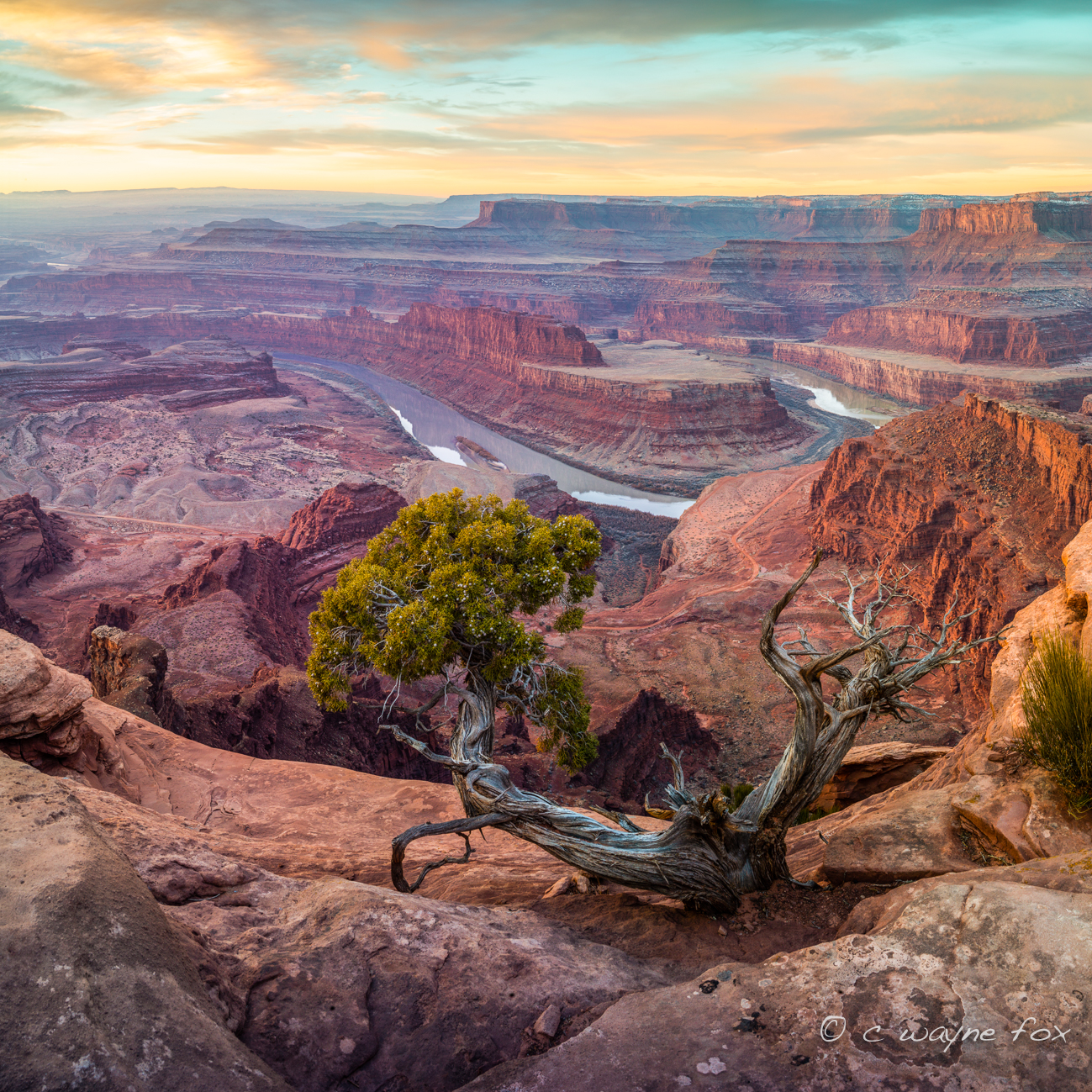
Where do you draw your inspiration from? Do you have any specific influences you’d like to share?
I have many photographers whose work I admire, some well known, others not so well known. Probably my single greatest mentor was Don Busath, a wonderful man and amazing portrait photographer who sadly recently passed. His amazing and unique wide angle portrait work still graces the walls of the Utah Symphony’s Abravanel Hall, as well as many government and religious buildings throughout the Salt Lake valley. As I shifted from people photography to landscape photography full time, I admired and studied the works of Charles Cramer, Joseph Holmes, William Neill, and Rodney Lough Jr., and through the years I have added many others to that list. I believe my involvement with the medium format forum at getDPI.com has also been a great inspiration and technical resource, and I’ve been fortunate enough to meet many of those that contribute to that forum.
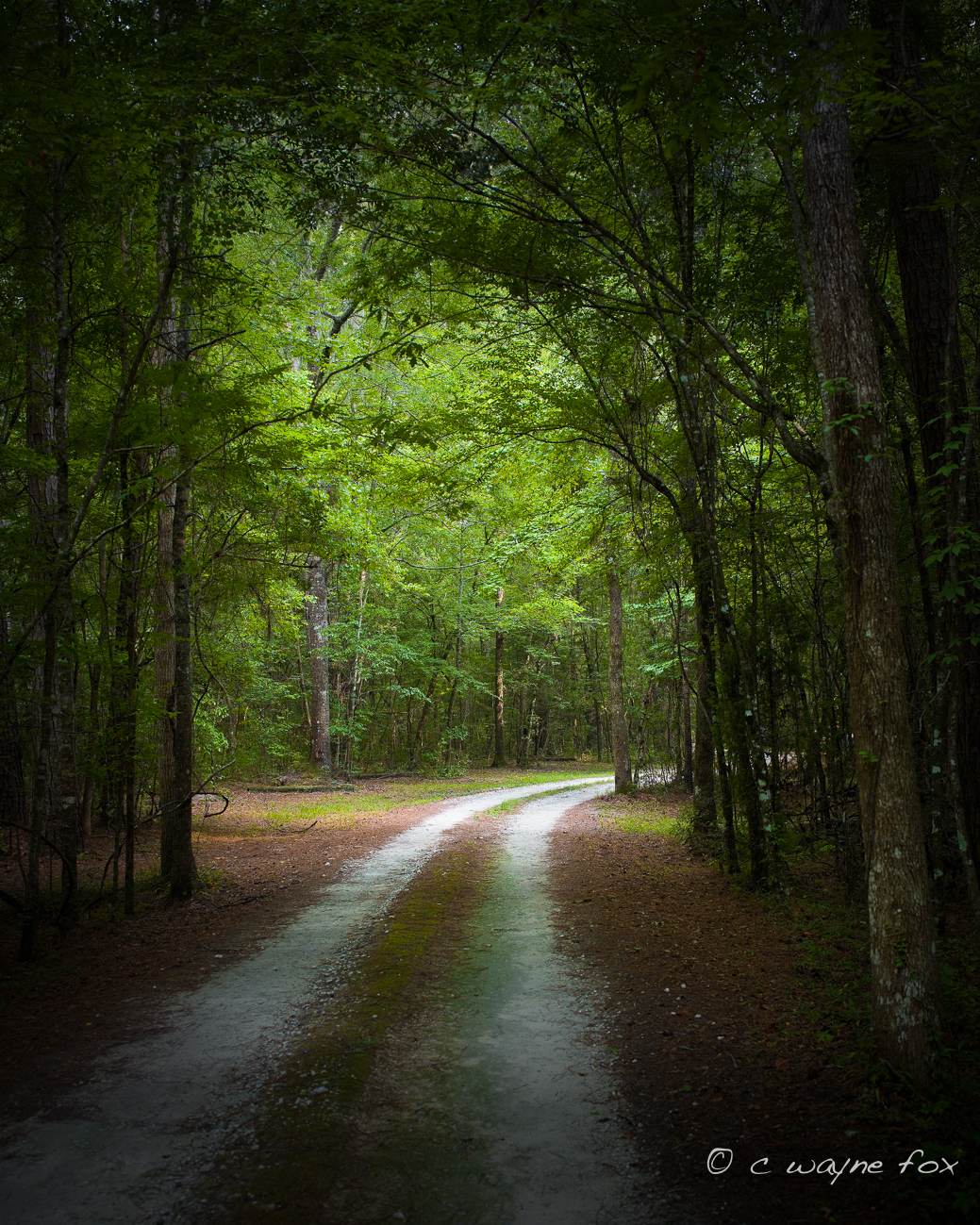
If you were behind your camera and could choose anything you wanted to be in your viewfinder, where would you be and what would you be looking at?
I would probably be sitting at a place like Green River Overlook or Horseshoe Bend, at sunrise at or sunset, or some semi isolated rocky beach on Kauai. I personally am happiest when I’m at a location that is not only inspiring but offers some solitude. I work slowly and typically am only trying to create one composition during the prime part of the morning or evening. I’ve developed a slogan over the years, “Every now and then nature presents us with a perfect moment, and the opportunity to capture it.” I’ve sort of evolved to that point, most of the time when I’m out shooting that’s what I’m looking for …. one shot of the most perfect moment during that time.
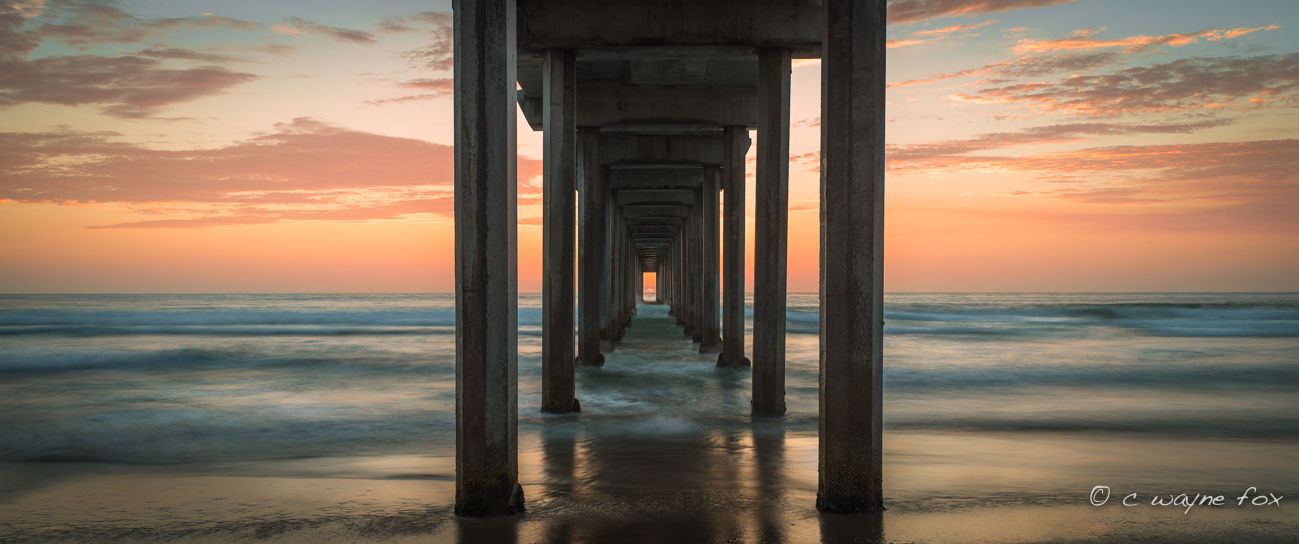
In which ways do you see your work evolving in the next 5 – 10 years from now? Do you have any upcoming projects you’d like to share with us?
I’m getting a little old, so I’m not sure how I will evolve. To me, evolving is a process that occurs naturally, not planned, so the real challenge is to not hinder it with preconceived ideas or agendas, and not ignore it and stay stuck in a rut so to speak. I’m really content creating the images I create now, and other than seeking a “more” perfect moment, I just try to stay open minded and aware of what’s going on by always following other photographers whose work I admire. Whatever it is, it will be personal in nature, because I really am at a point where I shoot for my personal pleasure and hope others enjoy what I do – I really don’t shoot something because I think it will sell. So who knows … guess I’ll see where I’m at 5 years from now.
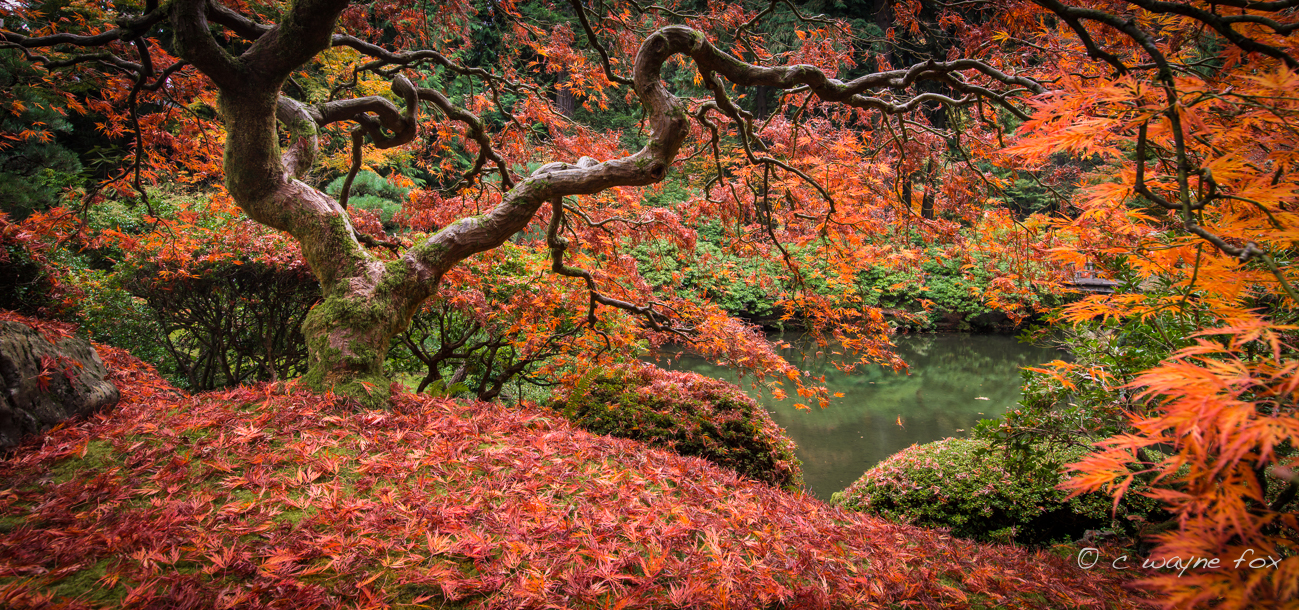
You’ve been a Phase One user for some time. Can you tell us a bit about your Phase One kit and what you like about it?
I’ve shot medium format my entire life, obviously with film using Bronica, Hasselblad and Mamiya gear. I started with medium format digital at the very beginning, buying the original Kodak 16mp DCS digital back, and in fact that was really the beginning of the change of my work from people photography to landscape photography. I traded that back in on the Phase One P25, and have constantly upgraded. Personally the favorite part of Phase gear for me has always been the large format sensor along with the resolution. I’ve never bought into the idea that you can have too much resolution and don’t really need it because I never know when I’m going to capture something that deserves to be printed 8 feet long. I live in constant fear that the greatest shot I will ever capture will end up on my iPhone because I didn’t have a good camera with me and I won’t be able to make a large print. I realize most images will never be printed large, but you can’t predict what you are going to get when you head out to shoot, so my philosophy has always been to use the highest resolution gear I can at the time (even if it means dragging a son-in-law along to sherpa the gear).
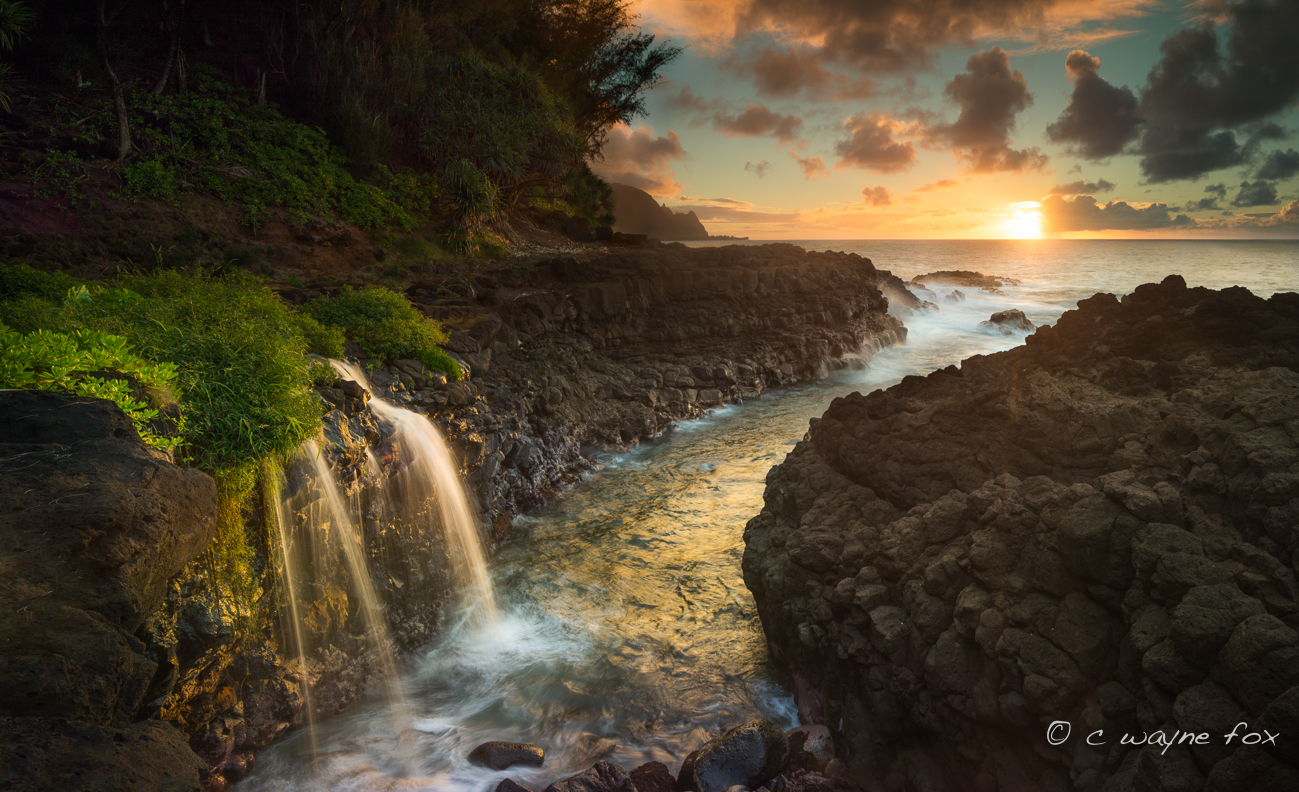
What is your favorite essential photo gear or tool that you take with you on every shoot? Why?
My favorite piece of gear is my Cambo Actus DB with my IQ4 150 back.. I love the experience of this “view” camera approach, something I never did back when I was shooting film. But I have 4 different kits I might take on a shoot, depending on travel, weight, difficulty of hike, etc. So the only piece of gear I take on every single shoot is my iPhone with a couple of apps. Capture Pilot is an invaluable tool for me, (currently quite lost without it on my new IQ4 150), but I also use PhotoPills and Mark II Viewfinder on every shoot to plan locations or preview compositions and make lens selections.
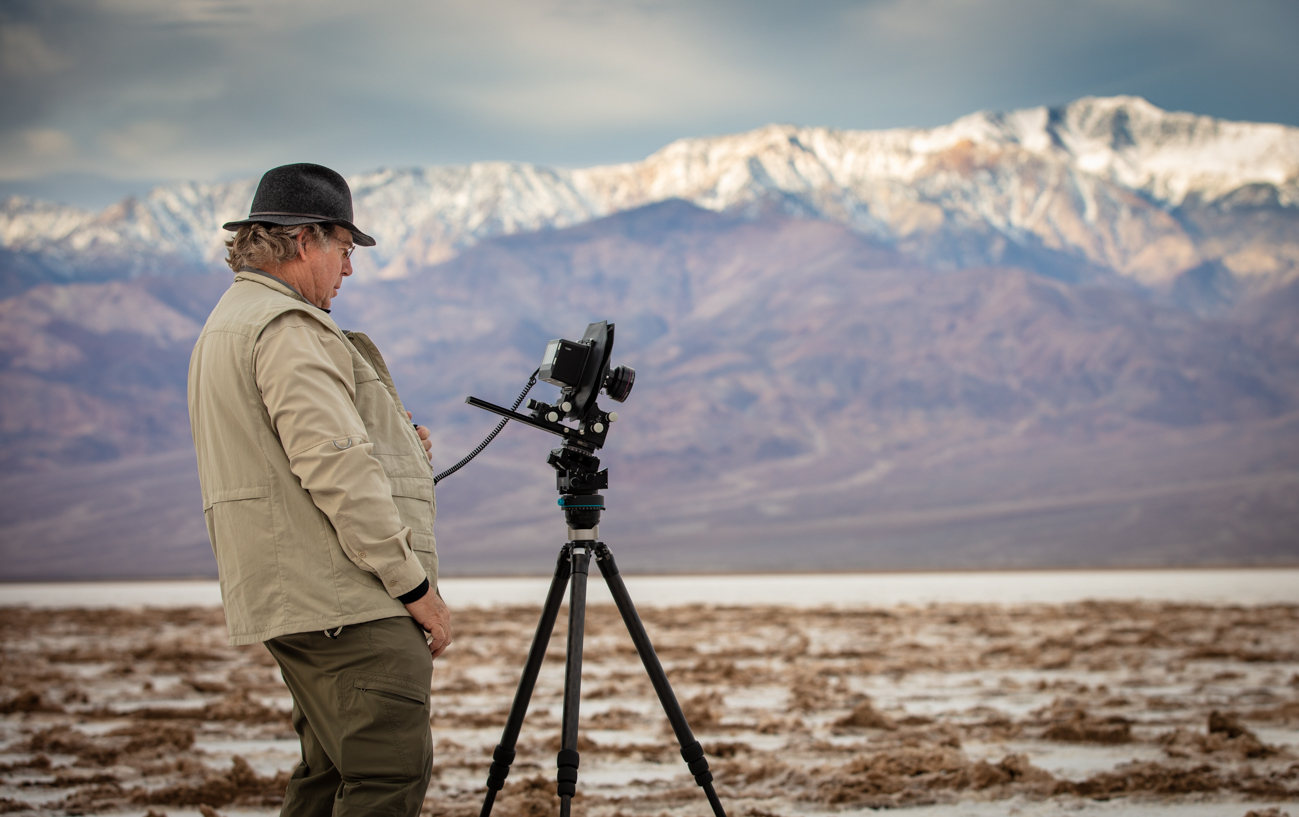
What made you chose Capture Integration as your partner?
Early on I purchased my medium format gear from a wonderful dealer in the Seattle area, and when they closed it was the members at getDPI that led me to start working with Capture Integration. My first experience at trading in upgrading my Phase back was all it took to show they were a company that put customers first. I’ve really enjoyed the relationship I’ve developed with the staff there, especially Steve Hendrix, an outstanding and knowledgable resource who certainly has the customer’s best interests in mind in all he does there.
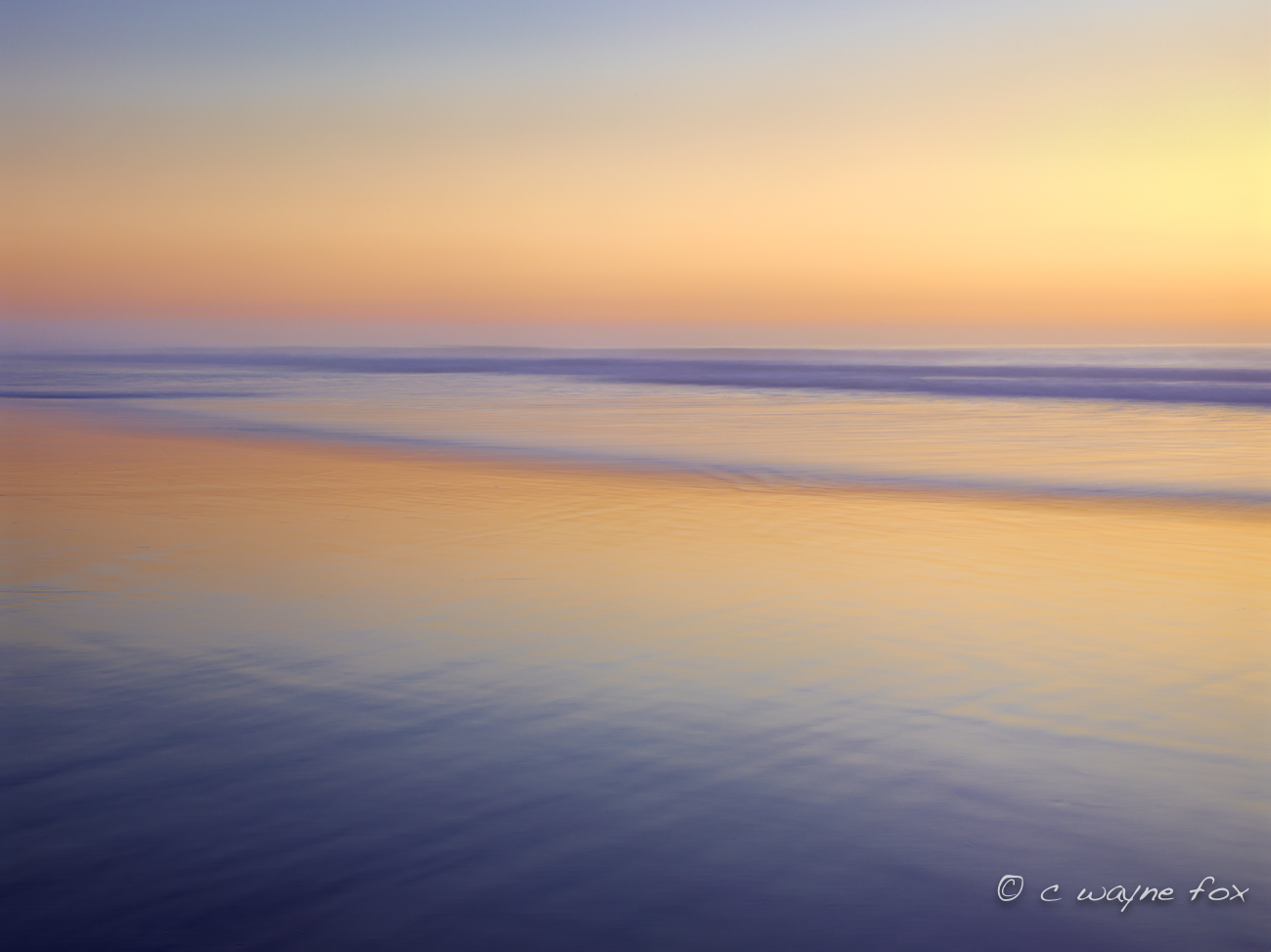
Connect with Wayne
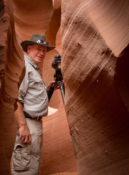
Website: www.earthlightgalleries.com
Facebook: LandscapesbyWaynefox
Youtube: Wayne Fox